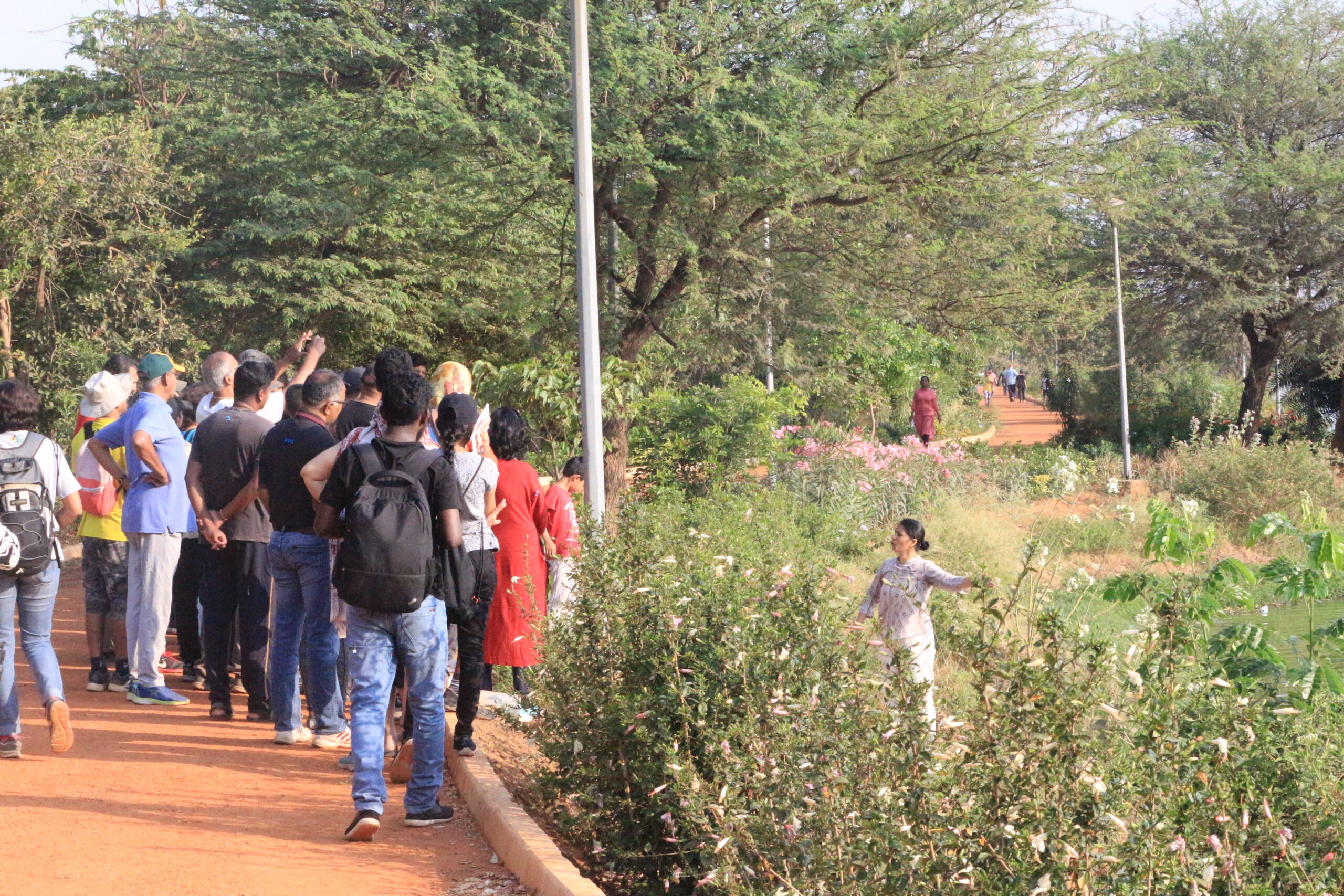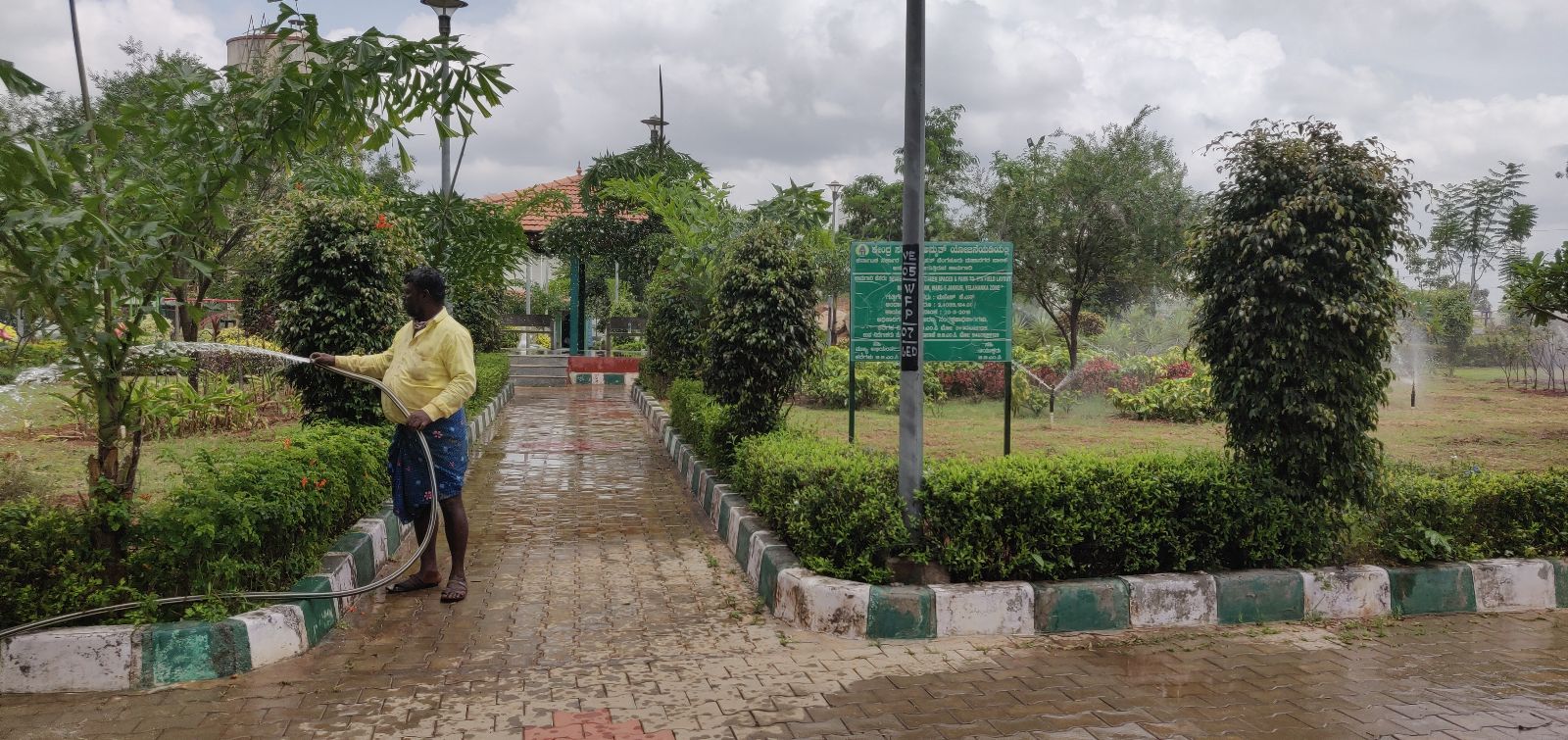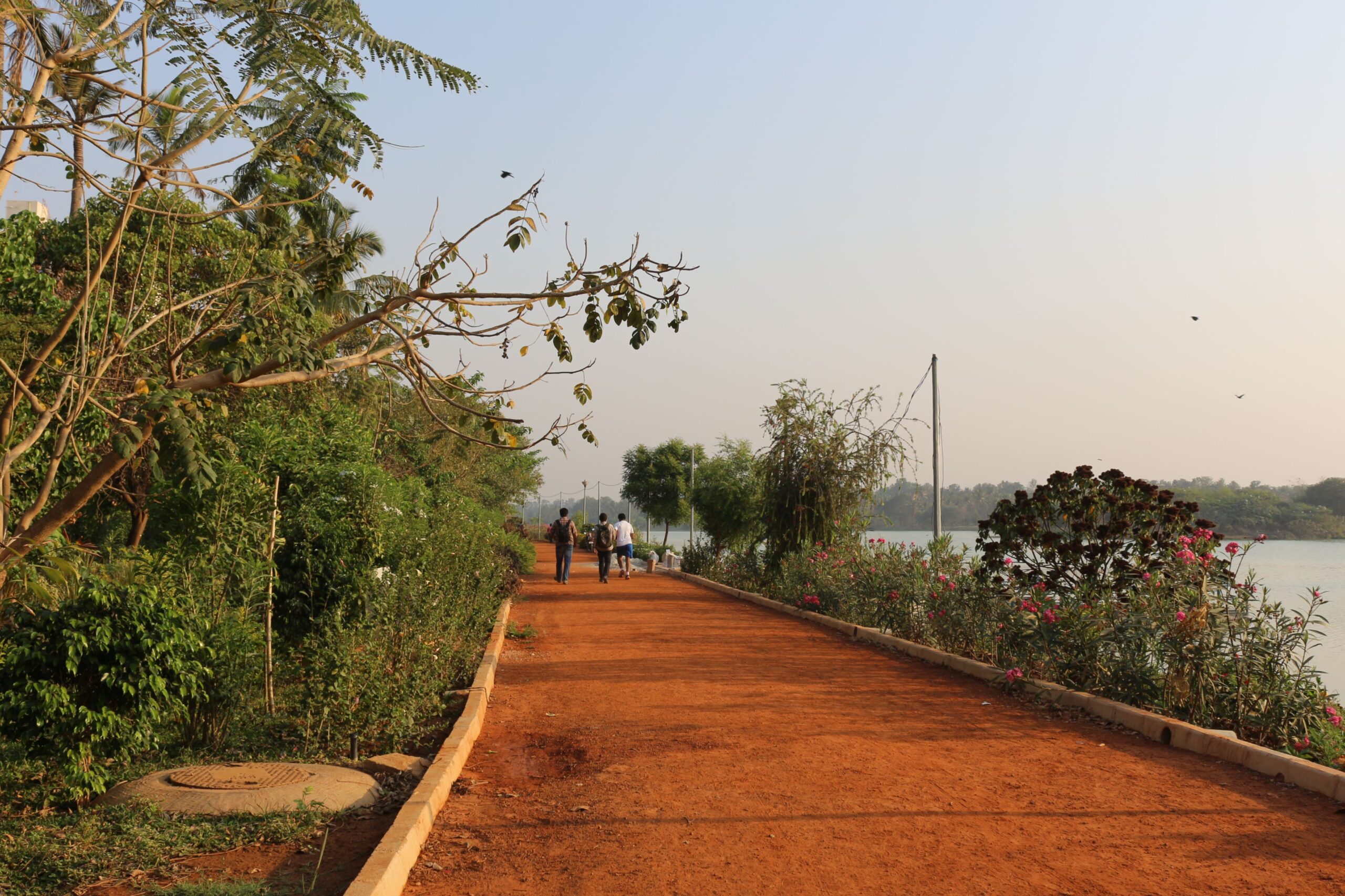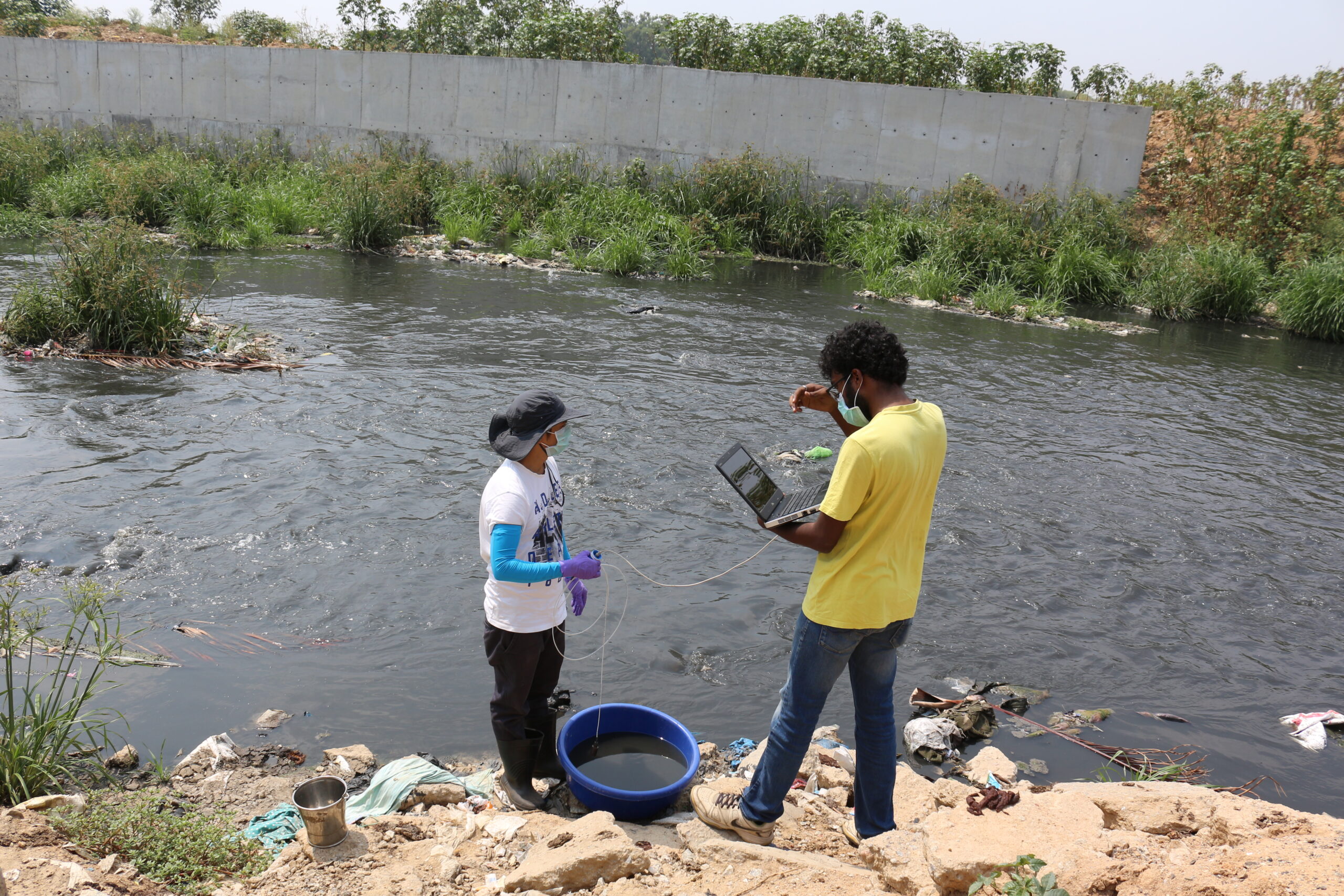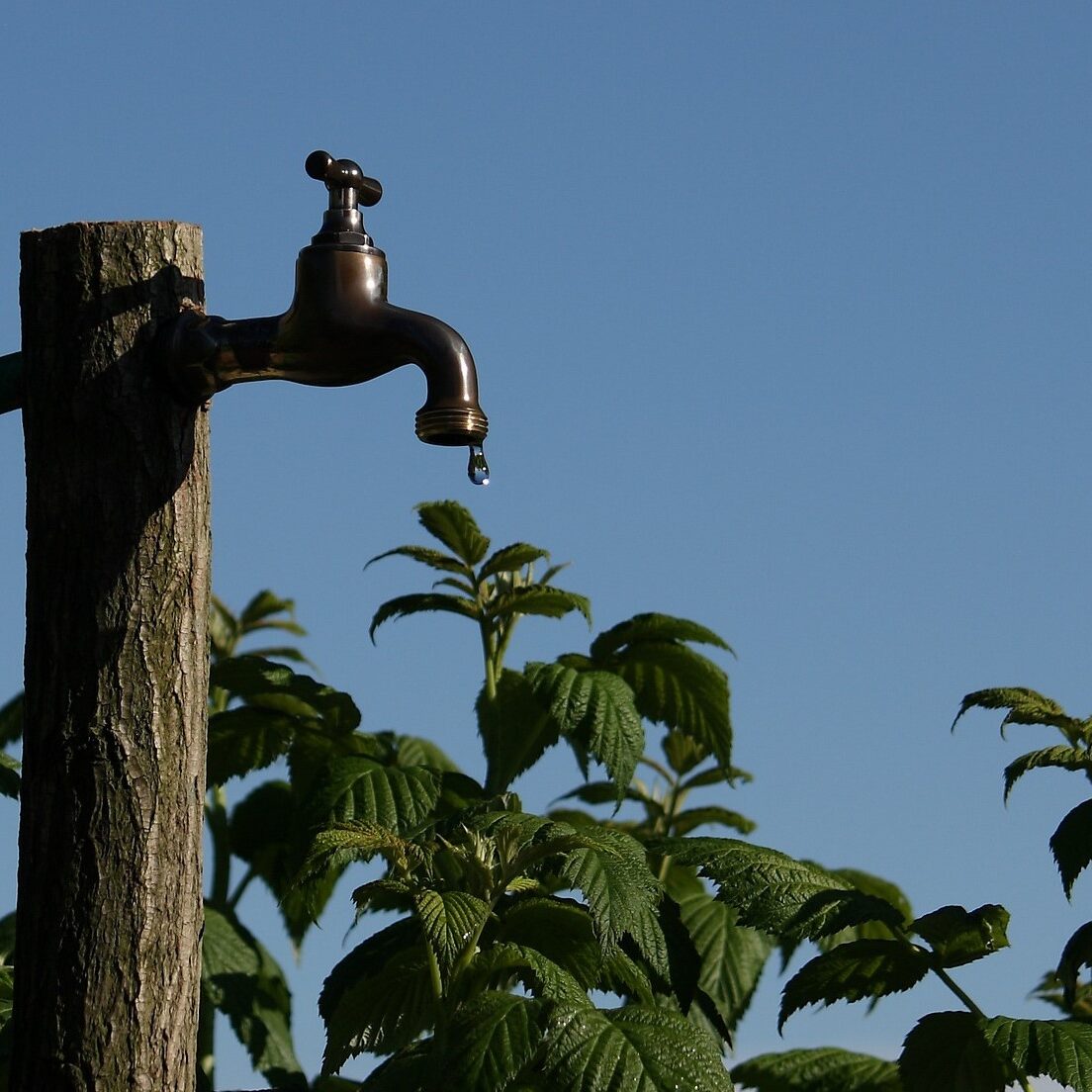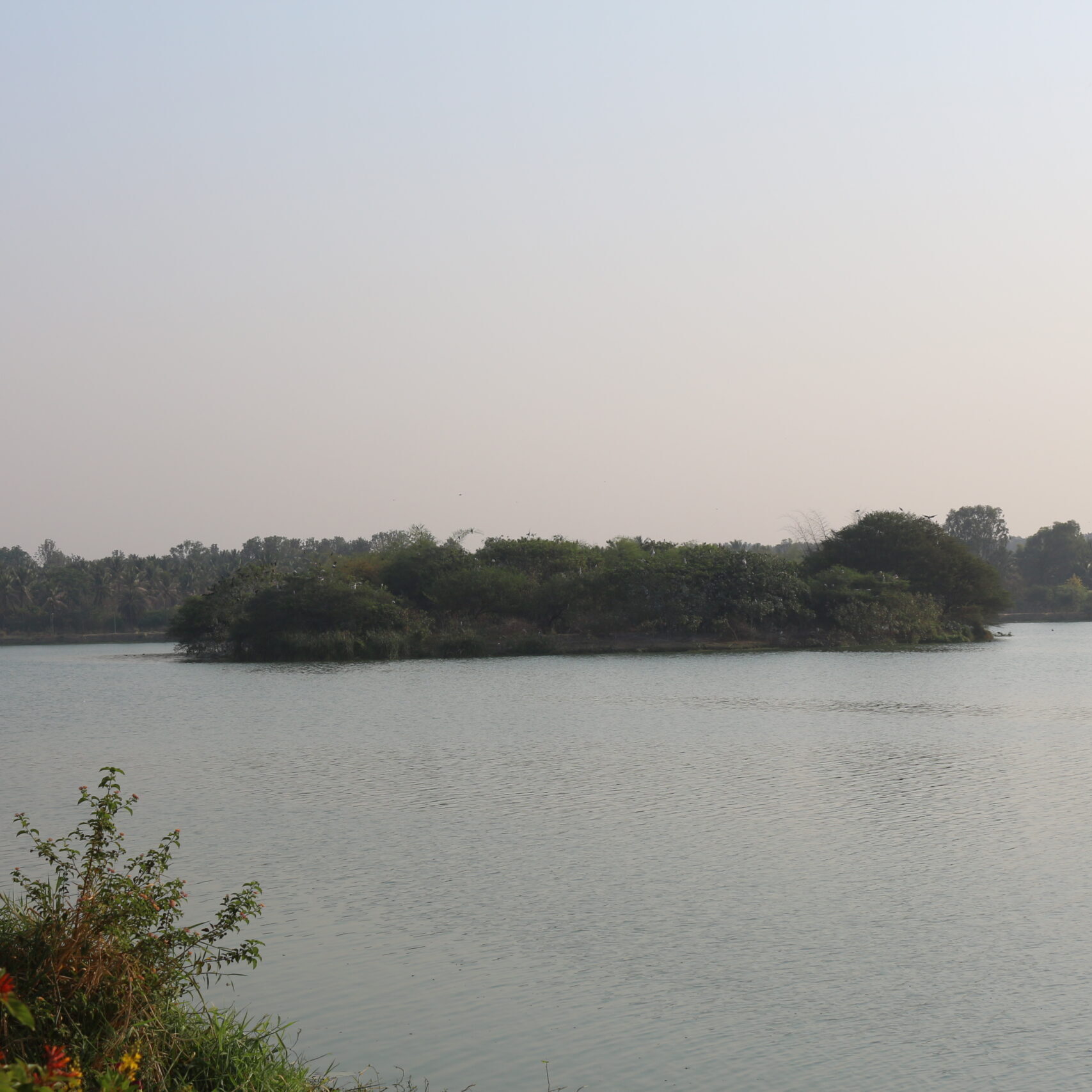Mapping Water in a Small Town: Insights from Chintamani, Karnataka
The fieldwork and research for this project was carried out in partnership with Technology Informatics Design Endeavour (TIDE) and the Bremen Overseas Research and Development Association (BORDA)-South Asia.
Click here to download our one-pager summarising key findings.
India’s urbanisation narrative is entering a new phase, one in which the significance of small and medium towns is on the rise. The government’s establishment of industrial parks in and around towns, combined with the increasing prevalence of remote work, is shaping a transformed India where small towns assume a more pivotal role. Currently, small and medium towns, characterised by populations below 100,000, account for 44.2% of the overall urban area in India and constitute 26% of the nation’s total urban population.
Despite this transition, significant attention and resources continue to be directed towards large metropolises, neglecting towns and peri-urban areas. As a result, many towns grapple with meeting the requirements and ambitions of their growing populations, lacking essential infrastructure for even fundamental services, particularly in water and sanitation
Small towns could play a crucial role in advancing India’s economic growth, but addressing their water and sanitation challenges is key for sustained development.
According to a 2021 Niti Aayog report, over half of the 7,933 urban settlements in India lack any master plan. The absence of a comprehensive planning approach for cities and towns results in challenges for surface water bodies, natural drainage systems, and floodplains, which are vital components for ensuring water resilience.
Limited financial resources, staffing, and technical capacity pose significant challenges for most small and medium towns in managing water and sanitation issues. This often prompts towns to address immediate needs through short-term measures, resulting in a disjointed collection of piecemeal interventions that fail to function as a unified system.
These fragmented systems will be more susceptible to issues like water scarcity, droughts, and extreme weather events in regions prone to climate variability.
To understand the problems and potential solutions to these water and sanitation systems, we studied the town of Chintamani.
Like many other small towns in India, Chintamani lacks access to a major river and relies on groundwater. It is situated in the Deccan Plateau, to the north of the capital Bengaluru in Karnataka. Our involvement in Chintamani commenced with an effort to understand the issues by first engaging in discussions with municipal officials and elected representatives. From June to December 2022, spanning a six-month period, we conducted primary data collection through household surveys, gathered municipal records, and sought to address information gaps through interactions with Chintamani City Municipal Council (CMC) officials.
Our analytical framework centred around the urban water balance, which provides a quantified basis for urban flows; water resources feeding the city, areas of significant usage, losses, discharge and storage. This exercise proved useful when we applied it in the context of Bengaluru, which is already confronted with extremes of water scarcity and flooding. But regardless of location, the process of creating an urban water balance reiterates that water management cannot be done in a siloed manner because of the interdependence of different systems.
A comprehensive view of all the flows and stores of water is a necessary starting point to narrow down on key problem areas and potential opportunities.
Through this analysis, we found that Chintamani is plagued by challenges related to both groundwater and surface water management. It also highlighted the town’s financial precarity, a problem not unique to Chintamani but documented on a nationwide scale; municipalities simply do not earn enough revenue to meet their rising expenditure and are increasingly reliant on state and central government grants.
Fill these details to access the publication
Acknowledgements
We would like to thank the Chintamani City Municipal Council, Chikkaballapur District Urban Development Cell, Karnataka Urban Water Supply and Drainage Board and the Directorate of Municipal Administration for their support throughout the period of this study. We would like to acknowledge funding support from The Federal Ministry for Economic Cooperation and Development (BMZ) and DCB Bank.
Technical Review: Dr Veena Srinivasan, Snehit Prakash, Sneha Singh and Rashmi Kulranjan
Editorial Review: Kaavya Pradeep Kumar
Visualisation: Sarayu Neelakantan and Srilakshmi Viswanathan created the one-page visual summary. Namrata Narendra created the water balance diagram.
Please note: The calculations and modelling carried out in this report are based on data collected until December 2023. This is subject to change as infrastructure is added or upgraded, and the population increases.
If you would like to collaborate with us outside this project, write to us. We would love to hear from you.
Follow us and stay updated about our work:

